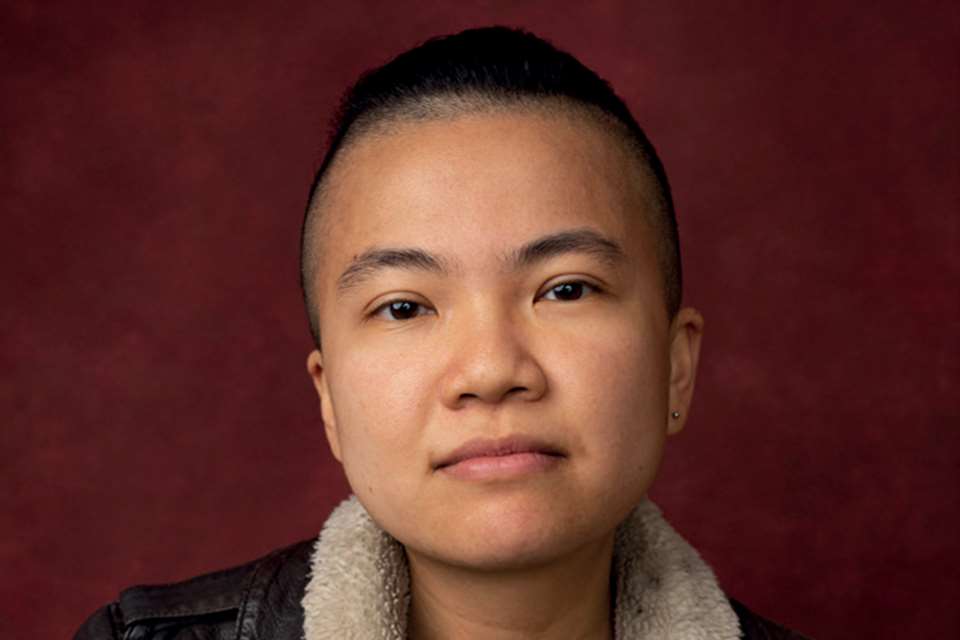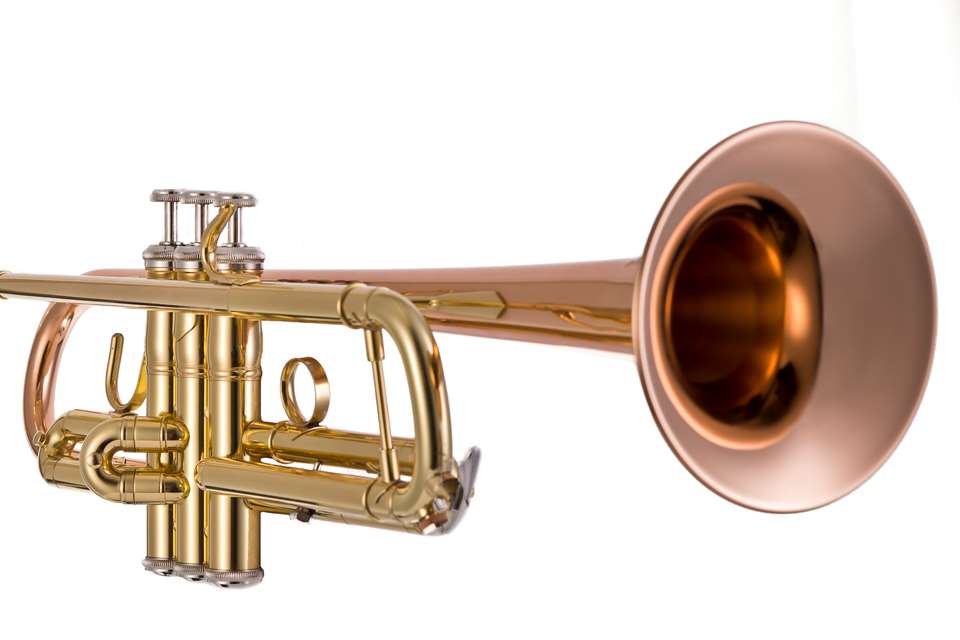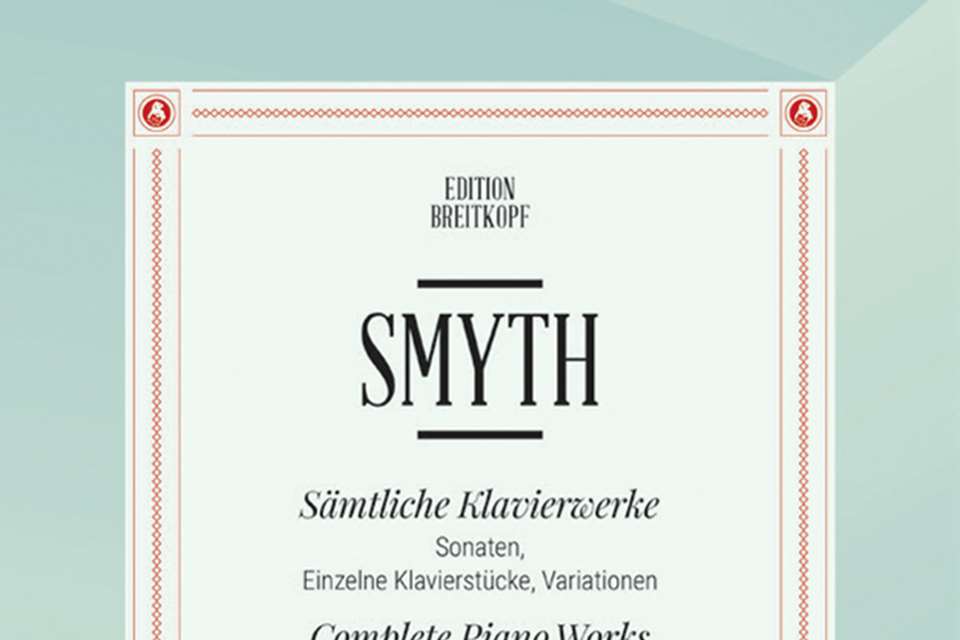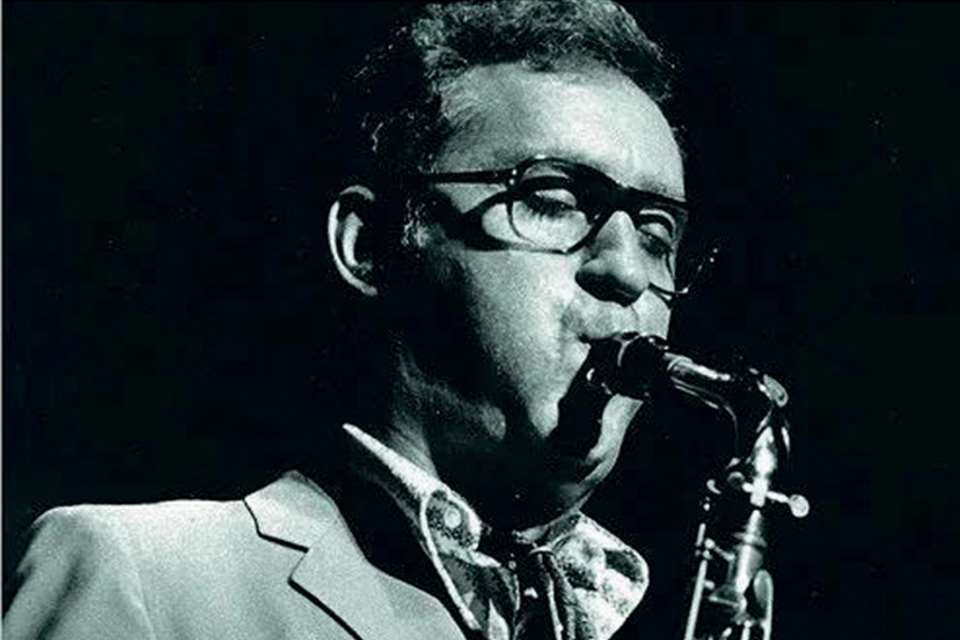A culture of openness: Safeguarding and the NSPCC
Phil Croydon
Friday, September 1, 2023
MT's Phil Croydon discusses safeguarding and child protection with Kay Joel, a former primary teacher, one-time music coordinator and now senior consultant with NSPCC's Professional Learning Services.

Adobe Stock / Andreu Popov
A round for over 130 years, the NSPCC needs little introduction. Readers will know of its national helplines (for adults and children) and campaigns, often led by high-profile national figures, and how, whenever there's a government consultation, the NSPCC is heard in full voice, backed by impeccable research. The charity advises or challenges UK governments, and lobbies on issues such as loopholes in legislation or removing indecent images online.
Essentially, ‘We take a stand on matters related to child protection’, explains Joel, ‘because we're the only charity that has this as its core function. Our uniqueness centres on the prevention of cruelty.’
NSPCC resources
The NSPCC provides bespoke training and a raft of resources for the education sector. These include an education self-assessment tool, for meeting best practice regarding safeguarding and child protection; a library and information service; and teaching resources to promote wellbeing and staying safe, including very effective music videos for use in class.
The NSPCC website also provides Insight Briefings: data and unique insights collected from Childline counselling sessions and NSPCC's Helpline, using anonymised quotes to highlight key issues in child protection. The briefings reveal current patterns, such as an increase in the number of adults calling Helpline about coercive control and the impact that witnessing this has on children.
Standards
In terms of national and statutory standards for safeguarding, the picture is rather blurry, according to where in the UK you live (i.e. under which devolved government) and because of the range of settings. The ‘Safeguarding Bible’, however, according to Joel, is the DfE's resource Keeping Children Safe in Education, which provides comprehensive guidance on safeguarding and recruitment. A sizeable document, it's updated regularly, mostly recently in time for the new academic year (2023). Compared to other national guidance music teachers are used to reading, Keeping Children Safe in Education is very prescriptive. The preamble reads: ‘Where it states schools and colleges should do something, you should follow this unless you have a good reason not to.’
Implementation
In schools, the implementation of child-protection policies and Keeping Children Safe rests with a Designated Safeguarding Lead (DSL) – ‘a person on the SLT with the appropriate authority to make things happen’, explains Joel. Some schools also have a deputy DSL, but, increasingly, schools prefer a ‘safeguarding team’ in support of the senior leader. This probably reflects how safeguarding is seen as everyone's responsibility.
All this is captured in documents held by schools, alongside a code of conduct that is shared with new employees as part of any induction. Between these documents, you’ll find advice on whistle blowing, expressing concerns about a colleague (including head teachers) and on how to report concerns. Compared to previous decades, ‘I would hope that there's a much more open culture and that people know what to do’, confirms Joel.
To increase the chances of this, our understanding around thresholds for concern has improved. There are now definitions for ‘low-level concerns’ and for what shouldn't be dismissed, for example, as simple favouritism towards particular individuals. Schools also maintain their definitions, which may include examples of inappropriate remarks. Together, these resources provide the context for a school and the sense – early on – that ‘This is how we do things, and here are your responsibilities’, according to Joel.
Refresh
So, what training can class teachers expect from their employers? An annual update on safeguarding matters is mandatory. This reminds teachers of what's required by the national guidance and the school. Importantly, this is also a good occasion to revisit procedures such as how to log-on to the electronic means of reporting concerns. A DSL will do termly or half-termly updates, and they might have a notice board or send emails sharing news around policy or best practice.
In the best schools, the annual safeguarding update, usually in September, also involves visiting instrumental teachers. Most will have a summary version of their policy which can be given out to those visiting or new members of staff. Even if an induction is missed, however, there's nothing stopping the new teacher from requesting a meeting with the DSL to learn of the school's expectations.
This ties in with recruitment too, explains Joel, which isn't just about DBS checks and professional competence. ‘It's about everyone who comes into the school being signed up to its ethos and way of doing things, so that there's a culture of openness.’
Communities
It's also good to remind ourselves of the wider community, both in and outside school. ‘As much as we talk about the difficulties found in communities, we should recognise how much strength there is here’, explains Joel. News of abuse doesn't come from direct disclosure alone. Children have a different relationship with teaching assistants, learning mentors and lunchtime staff compared to that with teachers, because of the nature of roles and work priorities. So it's hardly unsurprising that much is picked up ‘in passing’, without those ‘in charge’ hearing first.
For teachers and musicians working in voluntary, community and faith organisations and groups, similar standards and requirements exist as in schools, but, naturally, much depends on the context. However, the NSPCC website covers these areas of work too, and Joel strongly recommends the guidance for out-of-school settings as published by the DfE.
The music setting
Our discussion turns to the nature of music teaching and, inevitably, the high-profile cases of abuse reported in recent years. Music has had more than its fair share of alarming headlines concerning individuals but also institutions that should have been less worried about reputational damage or challenging senior staff. Have lessons been learnt, I ask, were policies changed?
Certainly there is now far greater emphasis and awareness of policy and procedures, Joel confirms. But, ‘One of the things that comes up whenever there has been a serious incident is that schools didn't look at their policies and think: perhaps we should have changed this?’ Policies are only as good as their reviews and sense of being ‘live’. Sometimes there's complacency.
When discussing creating a safe environment, there's also the physical environment to consider. Music departments, historically, have often been in remote parts of schools because of noise levels. ‘This location can be used if somebody is intent on doing something they shouldn't, so having an open-door policy or doors with glass at least is an obvious first step. Another is not having staff work alone with a child in this part of the school, so that both teacher and child are protected.’
Instrumental teaching, we all know, is an area of high risk, because of being close-quarter, tactile and having the potential to develop intense teacher-student relationships. It is, though, often used as an example of where physical contact may be permissible. Here, Joel's advice demonstrates sensitivity and common sense, as well as best practice:
‘In this instance, it's about the way it's done and whether contact is with consent. Asking “Is it all right if I guide your hand with mine?” seeks permission and reassures, and explaining “I'm doing this in order to show you how…” makes the purpose of the action clear to everyone involved.’ She adds, ‘I think problems occur when there's a kind of secretive nature, when actions are dressed up as, well, only I would know about this because I'm the expert.’
Music teaching can have a distinctive aura, a sense of mystery, which is unhelpful. Lessons can also develop a complicated mutual dependence between teacher and student, sometimes as part of an artistic journey. However, ‘it's still about the adult being aware of their own behaviour’, explains Joel, ‘and aware of how a younger person may be responding to them.’
It's also about having the confidence in your role and in yourself to express concerns to a professional colleague. Joel and her colleagues are aware that infatuations and crushes towards staff happen – when human, that's the reality, isn't it? ‘But a safe environment’, she adds ‘is about having an open culture: where safeguarding is talked about, discussed, and people feel confident that, if they report a concern, something will be done by a person who has the ability and professional confidence to challenge decisions when necessary.’
Kay Joel's top tips on safeguarding:
- Know the school's safeguarding procedures: make sure you know who the DSL is and how to report a concern about a child.
- Don't assume someone else will report a concern. If in doubt, report and let the DSL decide what action should be taken. The DSL may have more information about the child and your report may help to get the right support in place.
- Consider having a member of staff who is responsible for liaising with the DSL. This could help raise early concerns and keep your whole department up to date.
- If you are a VMT at a school, ask for the safeguarding policy and code of conduct if this isn't offered.
- Maintain your professional boundaries and support colleagues to do the same, especially someone who is new to the role or to the school.
- Refer to the code of conduct where necessary and report any concerns about a colleague's behaviour to the DSL.
NSPCC links:
-
learning.nspcc.org.uk/research-resources/safeguarding-frequently-asked-questions
-
learning.nspcc.org.uk/research-resources/childline-nspcc-helpline-insight-briefings
Kay Joel will be speaking at the Curriculum Music: Leadership, Collaboration & Inclusivity conference on 10 October 2023. For further details, visit: musicteacherconference.com/curriculummusic202









